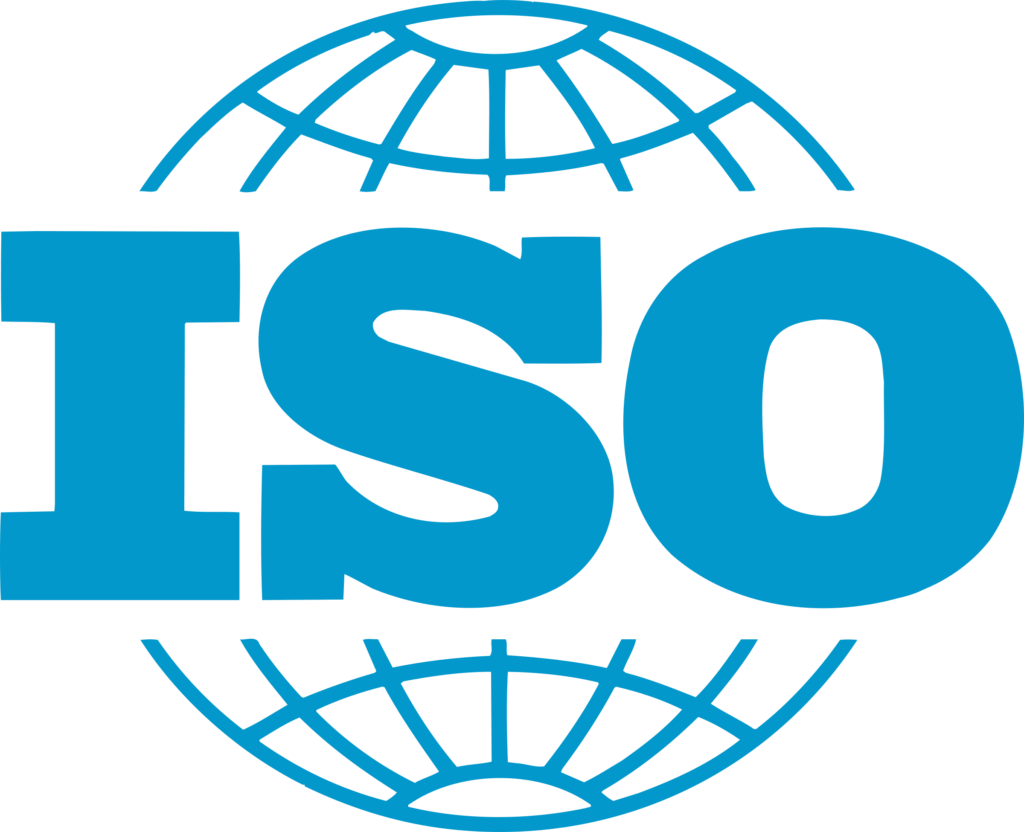Employee engagement is one of the most critical factors that determine the success of an organisation. Engaged employees are more productive, committed, and enthusiastic about their work, while disengaged employees can drag down the team’s morale and hinder productivity.
Today, it is essential for managers and leaders to recognise the signs of employee disengagement and take necessary steps to address the issue. In this post, we‘ll look at what a disengaged employee is, what the signs of employee disengagement are, how to re-engage employees, and the effects of having a disengaged workforce

What is a Disengaged Employee?
A disengaged employee is an individual who is emotionally disconnected from their work, team, and organisation. They are not invested in their job and do not have a sense of ownership or responsibility. Disengaged employees do the bare minimum to fulfil their job requirements and generally lack motivation and commitment for the job in question (check out our post on the causes of low employee engagement for more information).
According to Gallup’s “State of the Global Workplace” report, 85% of employees worldwide are not engaged or actively disengaged in their work. This means that only 15% of employees are engaged in their jobs and committed to their organisation’s goals.
What are the Signs of Employee Disengagement?
Identifying the signs of employee disengagement is crucial to address the issue before it becomes a severe problem. Here are some signs that indicate an employee is disengaged:
-
Poor Performance:
Disengaged employees often have low productivity levels and perform below expectations. They may miss deadlines, produce subpar work, and make careless mistakes.
-
Lack of Enthusiasm:
Employees experiencing poor engagement will not be as enthusiastic about their work and don’t take as much pride in their accomplishments. They may appear bored or indifferent or have a negative attitude towards their job and/or colleagues.
-
Increased Absenteeism:
Disengaged employees are more likely to take unscheduled absences and sick leaves. They may also arrive late or leave early without a valid reason.
-
Low Morale:
A disengaged employee can have a negative impact on team morale. They may be overly critical of their colleagues, gossip, and create conflicts in the workplace.
-
Lack of Initiative:
Disengaged employees often don’t take initiative to improve their skills or contribute to the organisation’s long term growth. They may be more averse to participating in company wide training programs or taking on additional responsibilities.
How do you re-engage a disengaged employee?
Re-engaging a disengaged employee requires a proactive approach and a willingness to address the root cause of the problem. Here are some steps that managers and leaders can take to fix a disengaged employee:
-
Understand the Cause:
Identify the root cause of the employee’s disengagement. Are your managers causing poor engagement?, is there a lack of recognition, unclear expectations, or unforeseen personal issues being dealt with?
-
Communicate Clearly:
Communicate with the employee clearly and honestly. Share your concerns, listen to their perspective, and provide feedback on their performance.
-
Provide Support:
Offer support and resources to help the employee overcome their challenges. This could include training programs, coaching, or counselling.
-
Set Goals:
Set clear goals and expectations for the employee’s performance. This will give them a sense of direction and purpose.
-
Recognise and Reward:
Recognise and reward the employee’s achievements and contributions. This will boost their morale and motivate them to perform better.
What is the Result of Disengaged Employees?
Disengaged employees can have a significant impact on an organisation’s productivity, profitability, and reputation.
Here are some statistics that highlight the consequences of employee disengagement:
- Disengaged employees cost the US economy up to $550 billion in lost productivity each year. (Gallup)
- Companies with highly engaged employees have 21% higher profitability than those with disengaged employees. (Gallup)
- Employee’s who are disengaged are more likely to quit their jobs, resulting in higher turnover rates and recruitment costs. (Gallup)
- Disengaged employees have a negative impact on customer satisfaction and loyalty. They are less likely to provide excellent service and may create a negative impression of the organisation. (Gallup)
- Employee disengagement can harm team morale and create a toxic work environment. They may undermine the efforts of their colleagues and hinder collaboration and innovation.
Therefore, it is crucial for organisations to prioritise employee engagement and take proactive measures to address disengagement. By investing in employee engagement programs, creating a positive work environment, and recognising and rewarding employee contributions, companies can improve productivity, profitability, and employee satisfaction.
In conclusion, identifying and addressing employee disengagement is critical for the success of any modern day business. Disengaged employees can harm productivity, profitability, and team morale, resulting in higher turnover rates, increased recruitment costs, and a negative impact on customer satisfaction.
By recognising the signs of disengagement, understanding the root cause of the problem, providing support and resources, setting clear goals and expectations, and rewarding employee contributions, managers and leaders can help disengaged employees become engaged and committed to their work and company’s business goals.



